How Avery Pipkin’s Woodworking Program is Crafting Career-Ready Students
Using the Woodwork Career Alliance’s credentialing program helps guide students from basics to advanced skills.
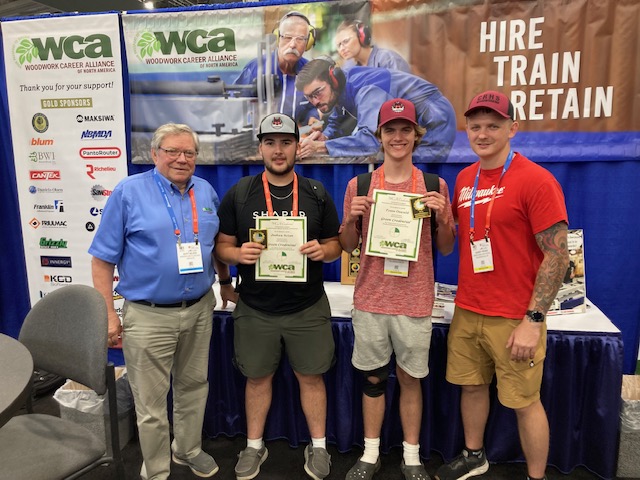
Joshua Scism and Tyson Oswald, students at Cedar Ridge High School, display their Green credentials awarded by Scott Nelson, president of the Woodwork Career Alliance of North America, left. Joining in the ceremony is Avery Pipkin, woodworking instructor at Cedar Ridge High School.
At Cedar Ridge High School in Hillsborough, North Carolina, the woodshop is a serious career and technical education (CTE) program where students have the opportunity to become industry-ready woodworkers.
At the helm is Avery Pipkin, a teacher whose own journey is deeply rooted in learning woodworking at Montgomery Central High School under Dan Kern, a chief skill evaluator for the Woodwork Career Alliance of North America (WCA). Pipkin double-downed on his love for high school woodworking by pursuing two years of furniture design followed by two years of industrial arts teaching at Appalachian State.
Pipkin’s desire to improve his woodworking skills is further evidenced by his association with the WCA. As a high schooler, he was the first in Montgomery County to earn his WCA Sawblade credential. He has subsequently upped his game by earning his Green then Blue credentials. He currently has his sights on the WCA’s Red credential.
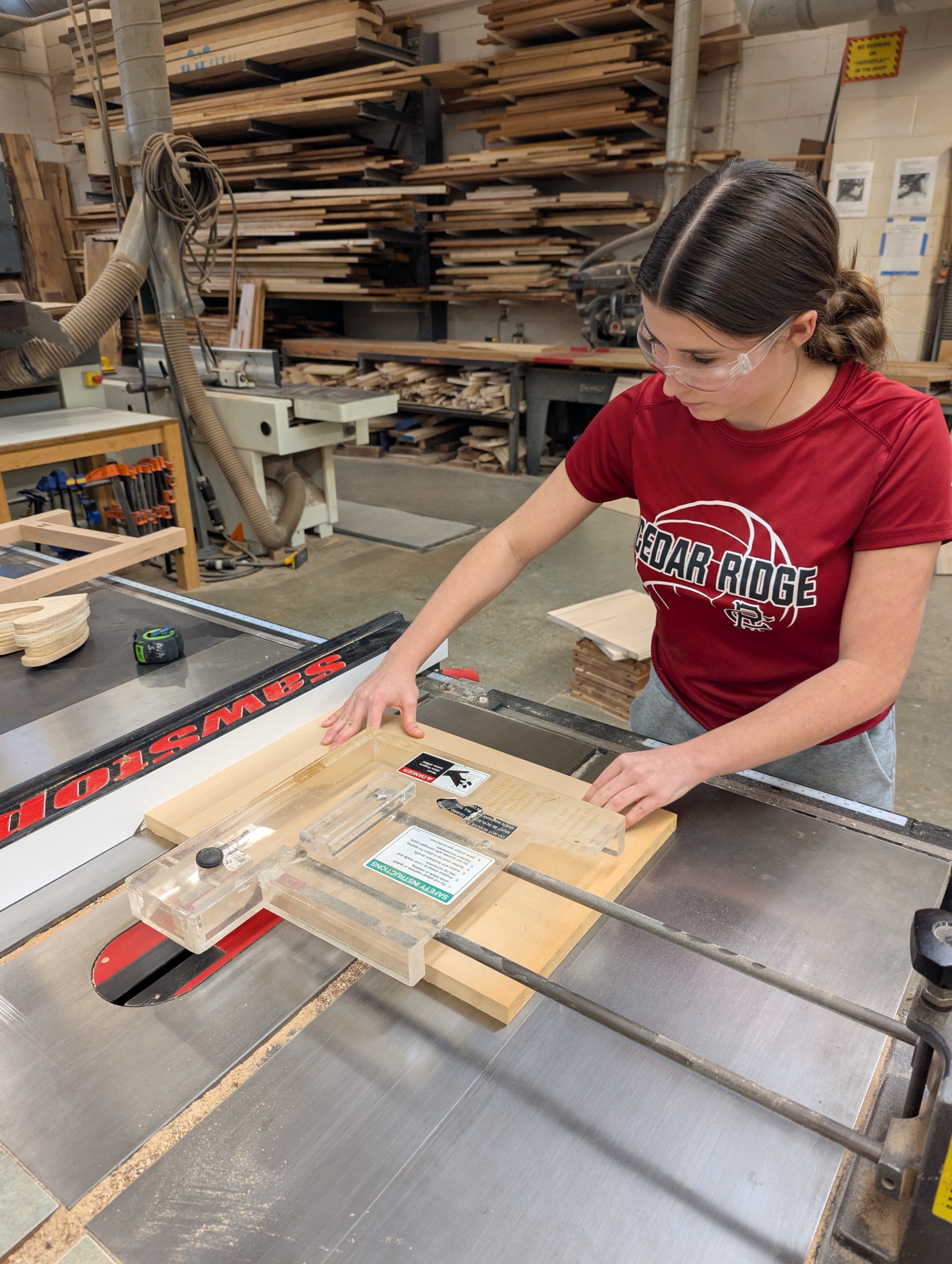 Now as a teacher and a WCA accredited skill evaluator, Pipkin is helping his students earn WCA credentials. Using the WCA Skill Standards and credentialing system as the foundation of his high-performing program, Pipkin doesn’t just teach projects. He teaches industry-validated processes. The WCA framework provides a cohesive structure that guides students through the practical skills demanded by modern woodshops.
Now as a teacher and a WCA accredited skill evaluator, Pipkin is helping his students earn WCA credentials. Using the WCA Skill Standards and credentialing system as the foundation of his high-performing program, Pipkin doesn’t just teach projects. He teaches industry-validated processes. The WCA framework provides a cohesive structure that guides students through the practical skills demanded by modern woodshops.
“The skill standards cover the basic woodworking operations,” Pipkin explains. Students are expected to master the entire milling process on a board, moving sequentially from the radial arm saw to the planer, jointer, table saw, and miter saw. “Every project that I plan, I try to think about WCA standards that I can talk about throughout the project.”
This progressive, standards-based approach is tied directly to a hierarchy of professional credentials, starting with the Sawblade Certificate and advancing to the Core and Green credentials.
A Hot Commodity
Pipkin’s classes are a hot commodity at Cedar Ridge High School. His Woodworking 1 class, which holds 20 students, is offered three times a year, generating 60 total spots. An astounding 500 students typically compete for those few openings.
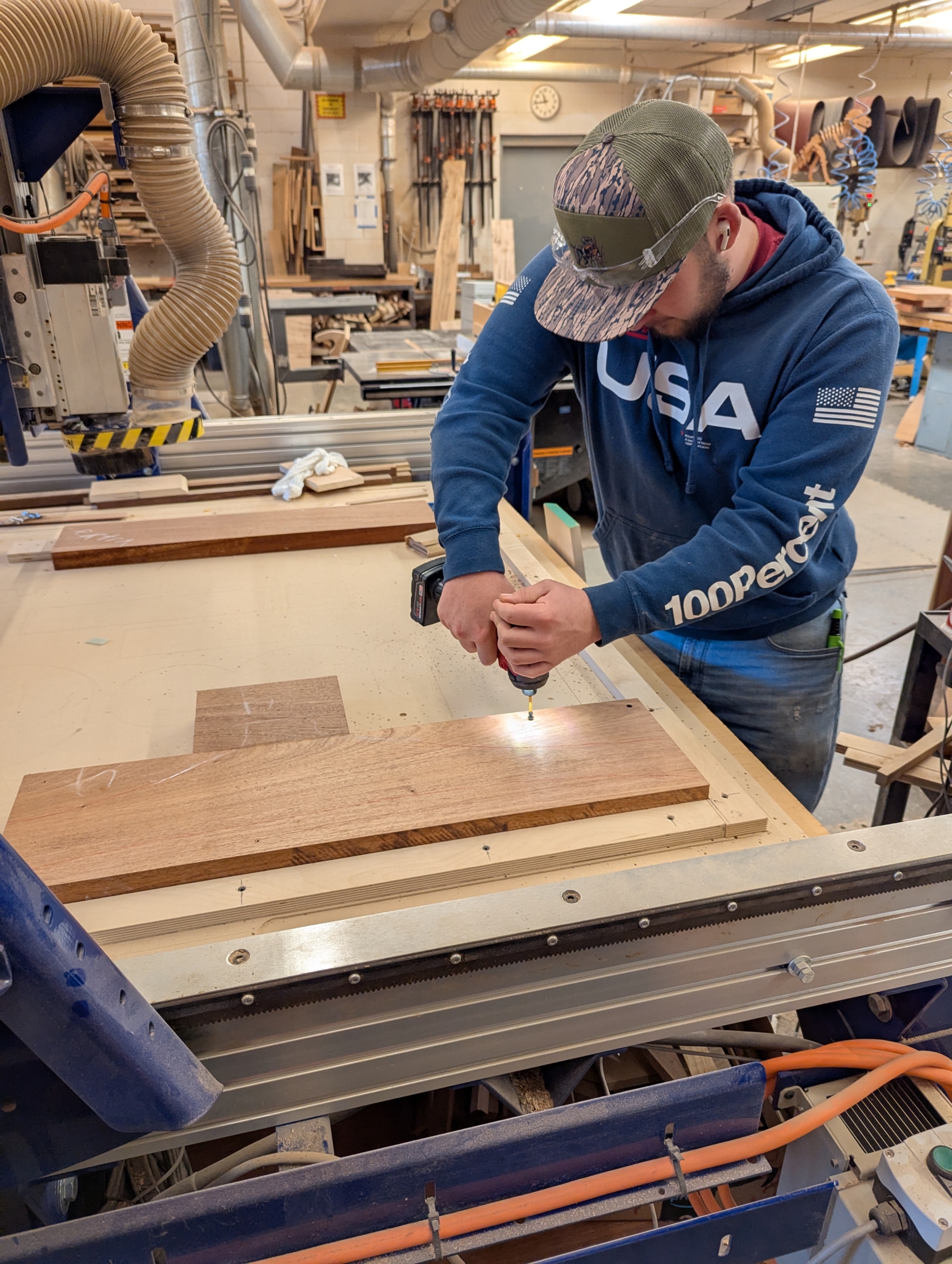 Woodworking 1 students start with the basics, culminating in the construction of a small toolbox—a project requiring them to use different joinery techniques like biscuits and pocket screws, and master fundamental tool use like pre-drilling and countersinking.
Woodworking 1 students start with the basics, culminating in the construction of a small toolbox—a project requiring them to use different joinery techniques like biscuits and pocket screws, and master fundamental tool use like pre-drilling and countersinking.
The WCA Sawblade Certificate is the goal of Woodworking 2, where students build a Shaker table. Pipkin notes this is often the hardest credential to attain, as it requires mastering prerequisites like accurate tape measure reading and maintaining the correct feed rate on the table saw without causing “burn marks.”
Furniture 3 focuses on complex case goods, like nightstands with doors and drawers, allowing students to earn their WCA Core Credential.
In Advanced Studies, students can achieve the WCA Green Credential, the first full credential that validates a broad depth of experience on core tools.
Pipkin proudly displays his own WCA credentials in his office, creating a visual goal for his students. He stresses that these credentials are a “resume builder” that sets students apart.
“These credentials show an employer that the student knows how to do all of these important operations,” he says. Regarding students who’ve earned the Green credential, Pipkin says, “I would feel confident right now putting them in a woodshop and letting them work. They can read a set of plans and they can build a project. Those are the skills typically included in a job description.”
From Woodshop to Winners’ Circle
Pipkin’s standards-based curriculum serves as the launchpad for exceptional competitive success, particularly in SkillsUSA and the AWFS Freshwood student design competition. The WCA Sawblade Certificate is a de facto prerequisite for students competing in the advanced Cabinetmaking contest.
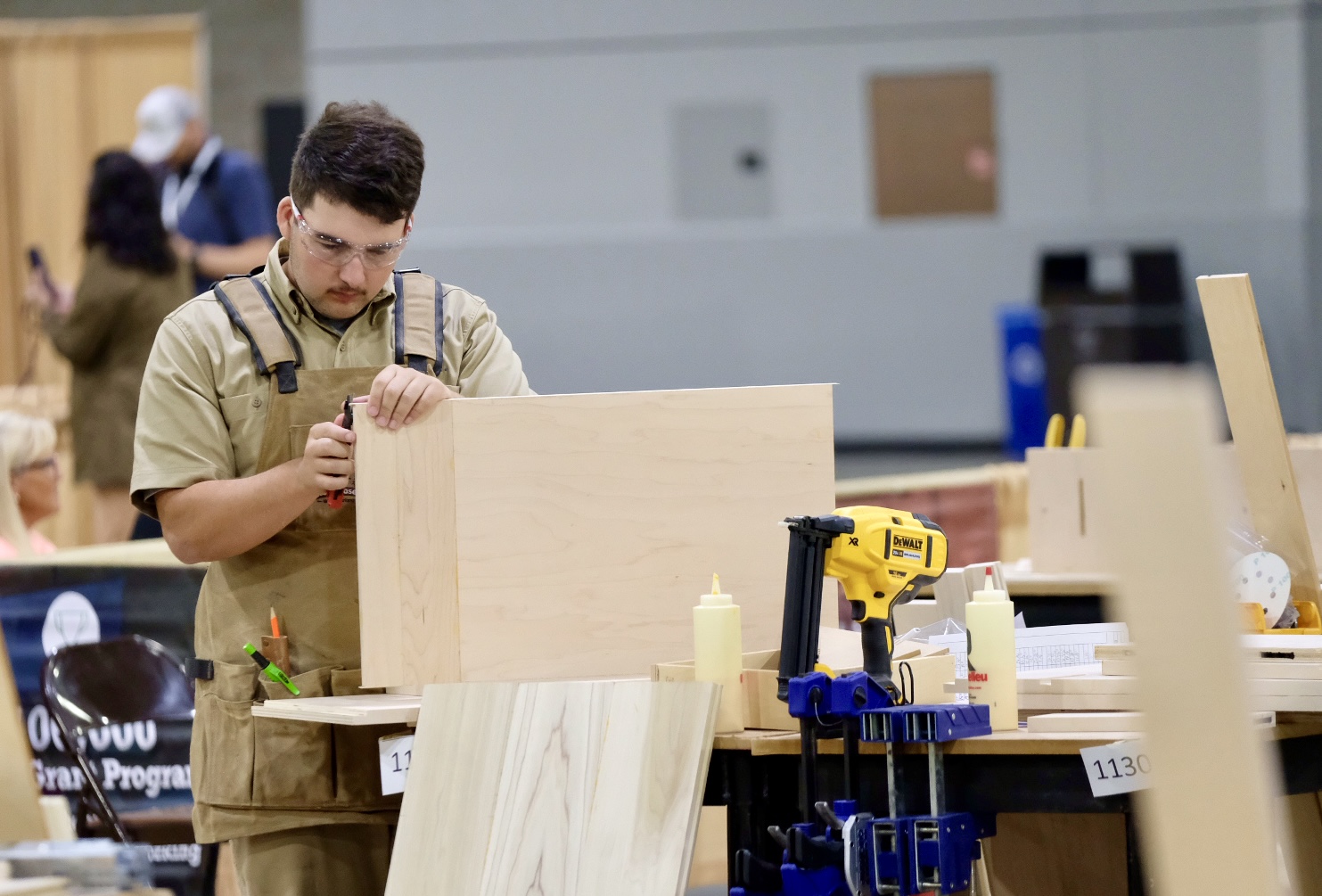
Joshua Scism represented the state of North Carolina in the 2025 SkillsUSA National Cabinetmaking Competition held in Atlanta.
The Cedar Ridge program’s recent achievements are nothing short of phenomenal:
- State SkillsUSA Sweep: At the 2025 North Carolina SkillsUSA State Conference, Cedar Ridge students dominated the Cabinet Making categories. Joshua Scism earned the Gold Medal in Cabinet Making, and Tyson Oswald took the Silver Medal. Scism went on to represent the state at the SkillsUSA National Cabinetmaking Competition in Atlanta. At the introductory level, the team also saw great success, with Ava Smith winning Silver and Mason Pierce taking Bronze in Cabinet Making 1.
- National Recognition: Both Scism and Oswald were finalists in the AWFS Freshwood student design competition and were awarded their WCA Green Credentials at the AWFS Fair in Las Vegas—a huge validation of their high-level skills.
- Broader Success: Beyond woodworking, Cedar Ridge students have excelled in contests like Castle What’s Your Angle?, in which Thomas Matthews was crowned champion and Smith earned honorable mention.
Pipkin, who also serves as a SkillsUSA advisor, draws extra motivation from his own competitive history. Three times he says he competed and lost to students taught by his predecessor “the legendary” Keith Yow in state SkillsUSA competition. Now, he is proud to build on Yow’s legacy. His program’s perennial placement at the top of the state competition, including Scism’s representing North Carolina in the SkillsUSA national championships this year, is a testament to the comprehensive preparation his students receive.
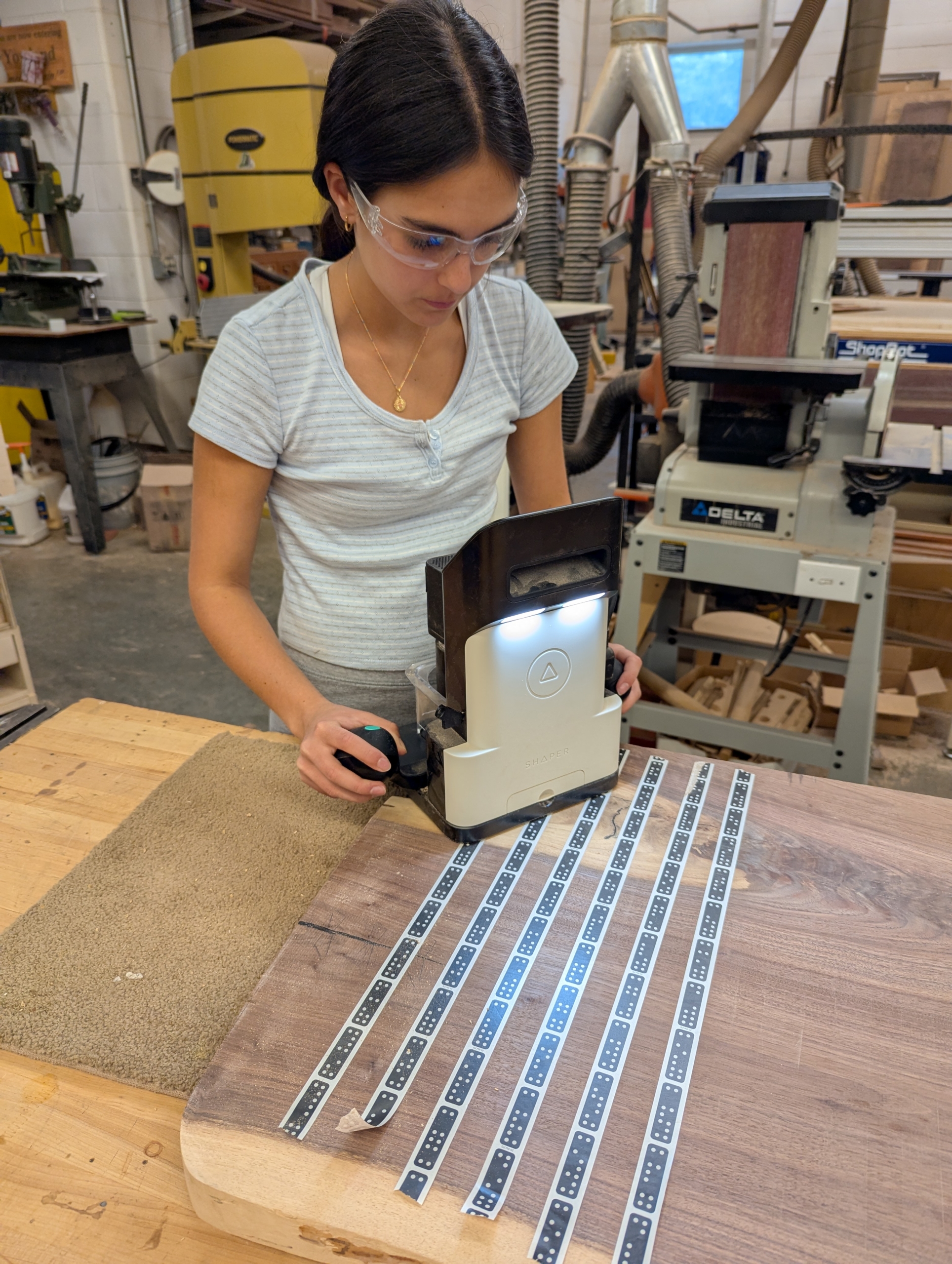 Fostering Community and the Next Generation
Fostering Community and the Next Generation
Pipkin understands that a successful CTE program requires more than just a great curriculum—it needs a supportive community. He actively invites school board members, superintendents, and county media to contests, which has resulted in great support for the program and positive local press. His efforts paid off big time.
“I’ve gotten a lot of support from the school board and a nice story about my program was in the county newspaper. I’ve had more people asking how they can support my program.
“So far, my favorite thing, is seeing the success of all my students. It really means a lot when parents come up to me and say, ‘Thank you for providing this opportunity for my kid and stuff like that.”

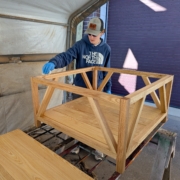
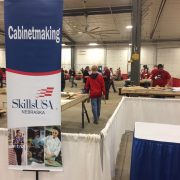

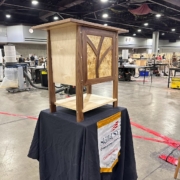

Leave a Reply
Want to join the discussion?Feel free to contribute!